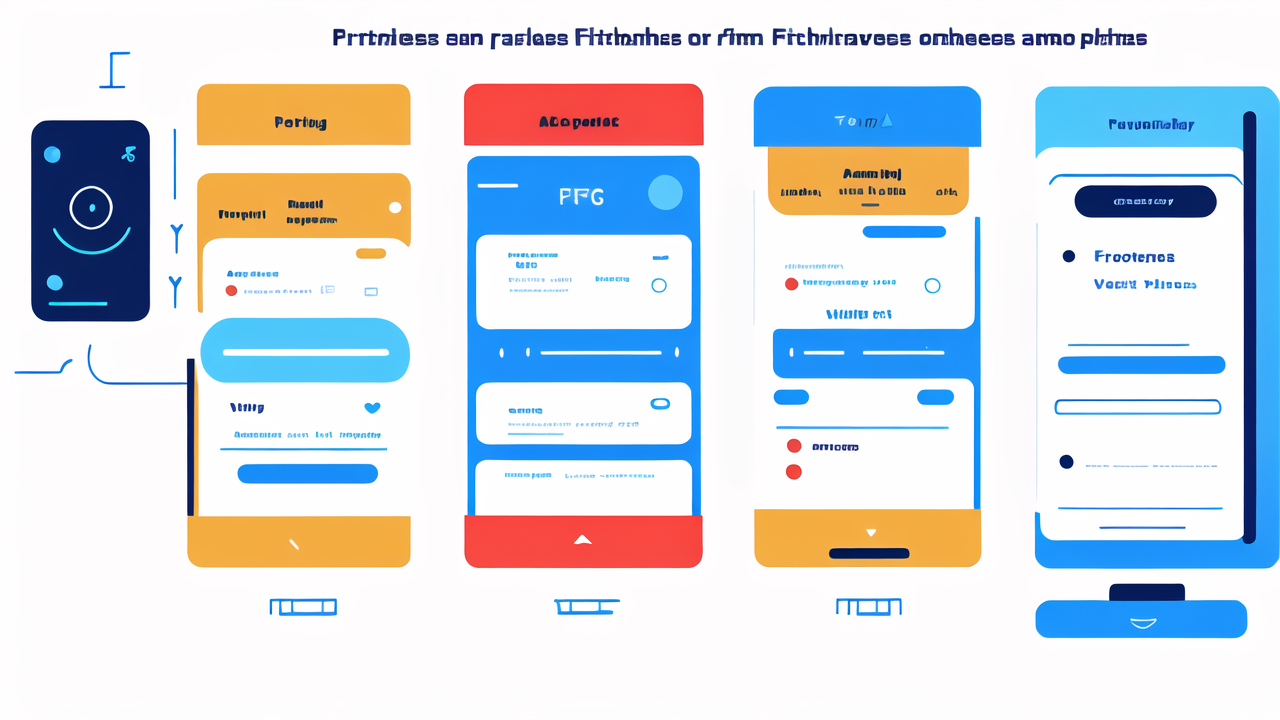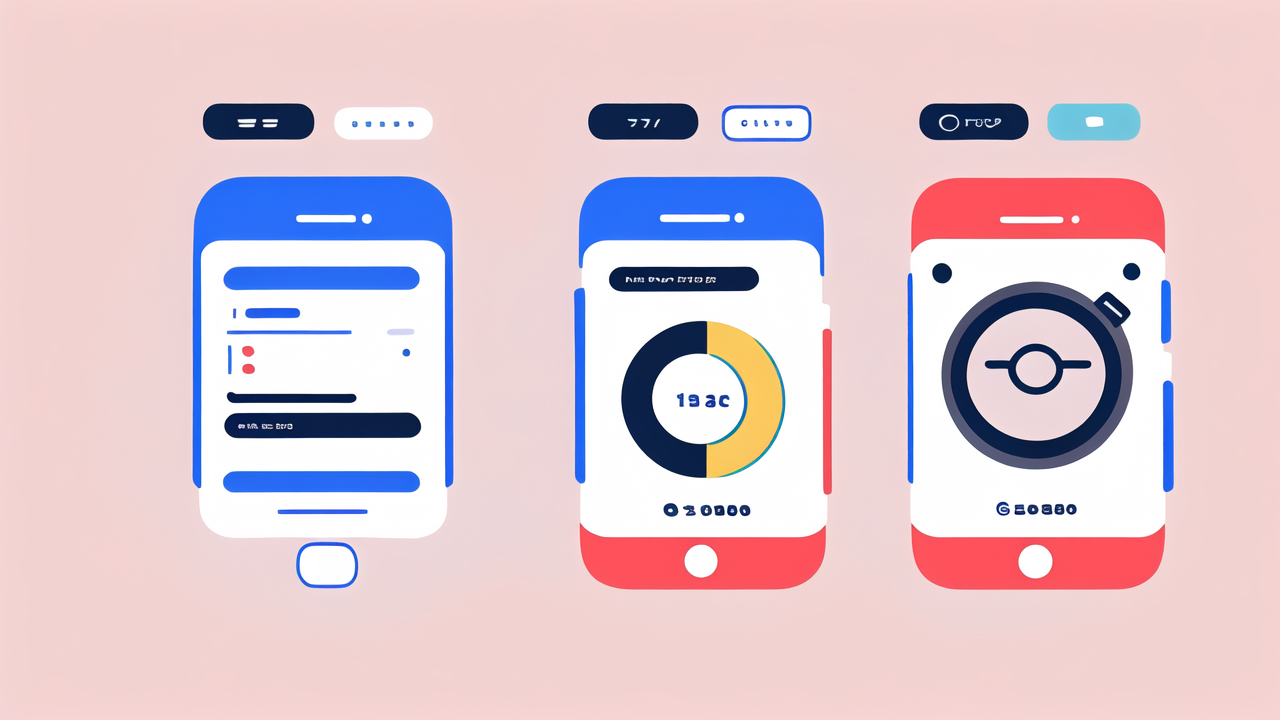The Evolution of Smart Wearables and Their Impact on Consumer Lifestyle
Tracing the History of Wearable Fitness Technology
The journey of wearable fitness tech began with simple pedometers. These devices counted steps and sparked interest in personal health tracking. As tech advanced, we saw the rise of fitness bands. They offered more data, like calories burned and sleep patterns.

Smart watches then entered the scene, combining fitness tracking with communication features. They became mini-computers on our wrists. Today's smart watches can monitor heart rate, track workouts, and even detect falls.
The evolution continues with smart clothing and advanced body sensors. These new wearables promise to revolutionize how we monitor our health and fitness. They offer deeper insights into our bodies and daily activities.
How Smart Clothing is Reshaping Daily Activities
Smart clothing is changing how we approach our daily routines. These tech-infused garments can track various body metrics. They monitor heart rate, breathing, and even posture. Some can adjust temperature, keeping us comfortable in changing conditions.
For fitness enthusiasts, smart clothing offers real-time feedback during workouts. It can analyze form and suggest improvements. In the workplace, smart clothing can alert users to poor posture or high stress levels.
Smart socks for runners can detect foot landing and stride length. This data helps prevent injuries and improve performance. Smart shirts for golfers can analyze swing mechanics. These innovations are making activities more data-driven and personalized.
Privacy and Ethical Considerations in Wearable Tech Adoption
As wearable tech collects more personal data, privacy concerns grow. Users worry about who has access to their health information. There are questions about data storage and potential breaches.
Ethical issues arise when employers or insurers want access to wearable data. Should they be allowed to track employees' health metrics? How might this affect hiring practices or insurance premiums?
There's also the question of data accuracy and interpretation. Misinterpreted data could lead to unnecessary anxiety or wrong medical decisions. As wearables become more advanced, clear guidelines on data use and protection are crucial.
Innovative Smart Watch Features and Their Clinical Applications
Advanced Health Metrics and Personalized Coaching
Modern smart watches offer a range of health metrics. They can measure blood oxygen levels, detect irregular heart rhythms, and monitor sleep stages. Some even offer ECG capabilities, once limited to medical settings.

These devices don't just collect data; they interpret it. They provide personalized insights and coaching. For example, they might suggest ways to improve sleep quality or manage stress levels.
Smart watches can now detect signs of conditions like atrial fibrillation or sleep apnea. They alert users to potential health issues, prompting early medical intervention. This proactive approach to health monitoring is changing how we manage our well-being.
Integration of AI and Machine Learning in Smartwatches
AI and machine learning are making smart watches smarter. These technologies help devices learn from user data and habits. They can predict health trends and offer more accurate insights over time.
AI-powered smart watches can detect patterns that humans might miss. For instance, they might notice subtle changes in heart rate variability. This could indicate stress or the onset of illness before symptoms appear.
Machine learning algorithms can also personalize fitness recommendations. They adapt workout suggestions based on user performance and goals. As these technologies advance, smart watches will become even more effective health companions.
The Role of Smartwatches in Managing Chronic Conditions
Smart watches are becoming valuable tools for managing chronic conditions. For diabetics, some models can monitor glucose levels without invasive blood tests. This continuous monitoring helps users make informed decisions about diet and medication.
For heart patients, smart watches can track heart rate and rhythm around the clock. They can alert users to concerning changes, potentially preventing serious events. Some watches even allow users to share this data directly with their doctors.
In mental health, smart watches can track mood patterns and stress levels. They might suggest relaxation exercises when stress is high. For patients with conditions like epilepsy, some watches can detect seizures and alert caregivers.
Market Trends and Consumer Preferences for Smart Watches in the United States
Analyzing Consumer Demand for Smart Clothing and Fitness Wearables
The U.S. market for smart clothing and fitness wearables is growing rapidly. Consumers are showing increased interest in devices that offer health insights. The demand for smart watches, in particular, has seen significant growth.

Fitness enthusiasts appreciate the comprehensive tracking features of these devices. They value the ability to monitor workouts, heart rate, and recovery time. Many consumers also seek wearables that integrate with their smartphones and other tech.
There's a rising demand for fashionable smart clothing that doesn't compromise on tech features. Consumers want wearables that fit seamlessly into their lifestyle. This has led to collaborations between tech companies and fashion brands.
Technological Advancements Shaping the Future of Smartwatches
The future of smartwatches is being shaped by exciting technological advancements. Improved battery life is a key focus, with new power-efficient designs emerging. Some watches now offer solar charging, extending their usability.
Display technology is evolving, with flexible and always-on screens becoming more common. These improvements enhance user experience and expand the watch's functionality. Advanced sensors are being developed to measure new health metrics.
5G connectivity is set to revolutionize smartwatch capabilities. It will enable faster data transfer and more reliable cloud connections. This could lead to new features like real-time health monitoring and improved location services.
The Importance of Ecosystem and Interoperability in Wearable Tech
As the wearable tech market grows, ecosystem and interoperability become crucial. Consumers want devices that work seamlessly with their other tech. This includes smartphones, smart home devices, and health apps.
Apple's ecosystem is a prime example of successful integration. Their watches work smoothly with iPhones and other Apple products. This seamless connection is a major selling point for many consumers.
Other companies are following suit, creating their own ecosystems or partnering with others. Google's Wear OS allows for integration across various brands and devices. This flexibility appeals to users who prefer choice in their tech selections.
Interoperability between different health platforms is also gaining importance. Users want their fitness data to sync across all their apps and devices. This push for connectivity is driving innovation in the wearable tech industry.




Leave a comment
This site is protected by hCaptcha and the hCaptcha Privacy Policy and Terms of Service apply.